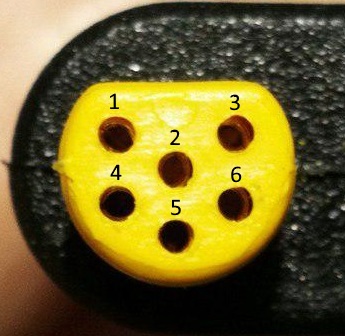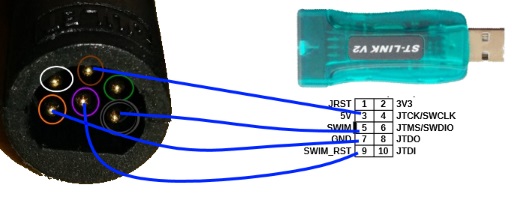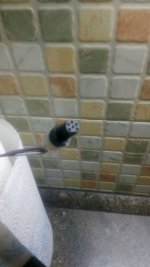More on the high backward resistance with the motor on ...
thineight said:
After this, i guess the only major bug left to solve is the backwards resistance. :thumb:
casainho said:
thineight said:
Any idea about the backward resistance possible solution I wrote 2 posts ago?
For
backward resistance, I would implement detection of pedals rotating backwards.
jbalat said:
Firstly let me say version 16 is really cool - Love it, great work !!!!!
 In summary the only updates it needs is.
In summary the only updates it needs is.
1. walk mode
2. no resistance backwards
3. cadence display -
What happened to this, is it gone ???
4. Long keypress to fast cycle button clicks -
I too got stuck doing like 100000000000 keypresses because default values are for 48v 
I am happy to report that version 18.2 with its "no throttle mode" works great for coaster brake motors. However, the above listed backward resistance issue turns out to be a show stopper for coaster brake versions of the motor.
I did not realize how massive this backward resistance is until we got the software working on a coaster brake motor on a hand-cycle. The resistance is so high when you try to pedal backward that it feels like you are applying the coaster brake before the coaster brake even kicks in. With only arm power on a hand-cycle, it is impossible to overcome the resistance when you want to brake.
Apparently, the high backward resistance is only an issue on regular (non-coaster brake) motors when you push the bike backward because the motor freewheels at the cranks. The coaster brake version of the motor does not freewheel at the cranks so it is also an issue whenever you pedal backward.
I hope there is a solution for this as this is the only mid-drive motor that supports coaster brakes. This is crucial on hand-cycles for riders who do not have the use of their hands for braking. The Flexible Open Source Firmware is otherwise perfect for handcycles because the torque sensitivity can be adjusted according to the strength of the rider.





